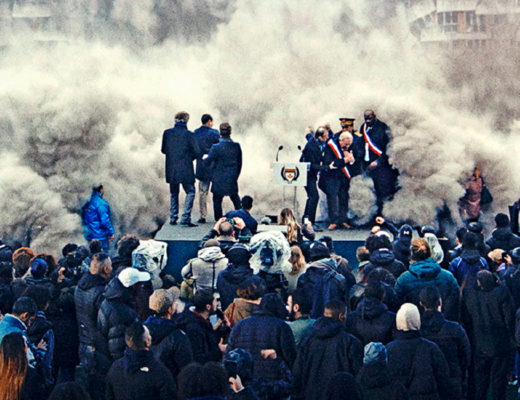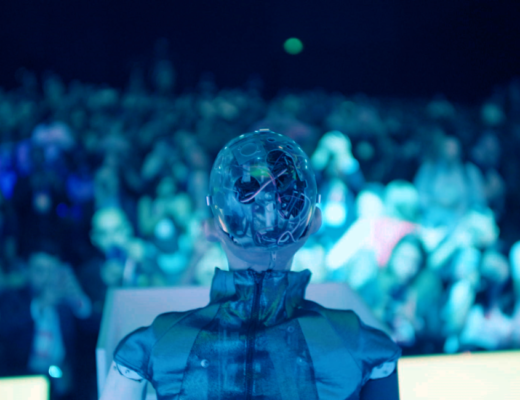It feels pointed that the segment in Long Day’s Journey Into Night’s checkered timeline that forms its romantic core is set in the year 2000, which is when In the Mood for Love premiered. Wong Kar-wai’s masterpiece forms the most obvious touchstone for the more swooning sections of Bi Gan’s likewise color-coded and dreamlike sophomore film, which also draws from the films of Tsai Ming-liang with its imagery of dingy, waterlogged rooms and oversized clocks (literalizing the fluidity of time). Andrei Tarkovsky and Roberto Bolaño are two other noticeable influences, though this ambitious, big-thinking arthouse anomaly is far too odd — and too specifically Bi Gan’s — to register as mere homage. As a textural experience, it is almost overwhelming, which mostly excuses its disinterest in providing a coherent storyline, ostensibly concerning a world-weary man named Luo Hongwu (Huang Jue), who returns to his hometown of Kaili on the trail of a lost paramour (Tang Wei), while also reflecting on his attempted revenge for the mob murder of an associate/friend named Wildcat.
The noirish overlay here feels a touch shopworn (Luo’s raspy voiceover offers pulp like, “After we met, it seemed everything happened at night”), and the love affair, shown in half-remembered fragments, proves as abstract and evanescent as the dreams Bi attempts to simulate. But plot soon proves secondary as the impact of the film’s visual symbolism becomes harder to shake (besides the water and clocks, apples and pomelos tumble about meaningfully). This is particularly true of the much-discussed, nearly hourlong, unbroken take (in 3D!) that shows Luo exiting an already-abstract present and entering (via lantern-lit tunnel) an even less logical dreamworld, filled with zip lines, pool, ping pong, and gravity-defying flights over twinkling festivities. Bi pulled a similar stunt (minus the 3D) in 2015’s Kaili Blues, which, in its shape and abstraction, now seems like a more shoestring warmup for the bigger-budgeted ambitions here. And though the filmmaker may want to avoid repeating the trick again in his next film (lest he be pigeonholed as “the sequence shot guy”), it is thrilling to see the 29-year-old employ the full contents of a (now-shinier) toolbox in putting his big vision onscreen.
Published as part of Before We Vanish | Issue 4.







